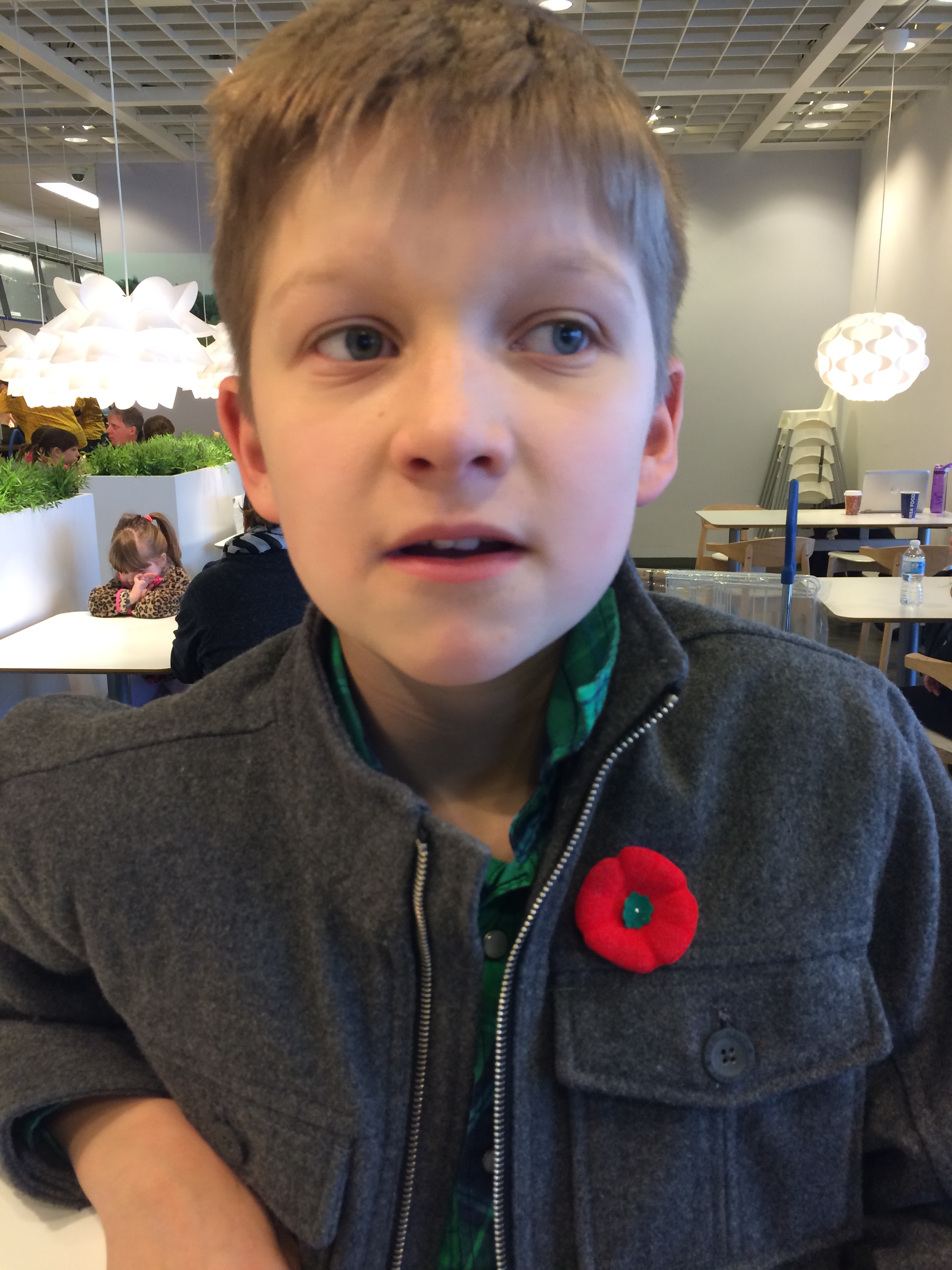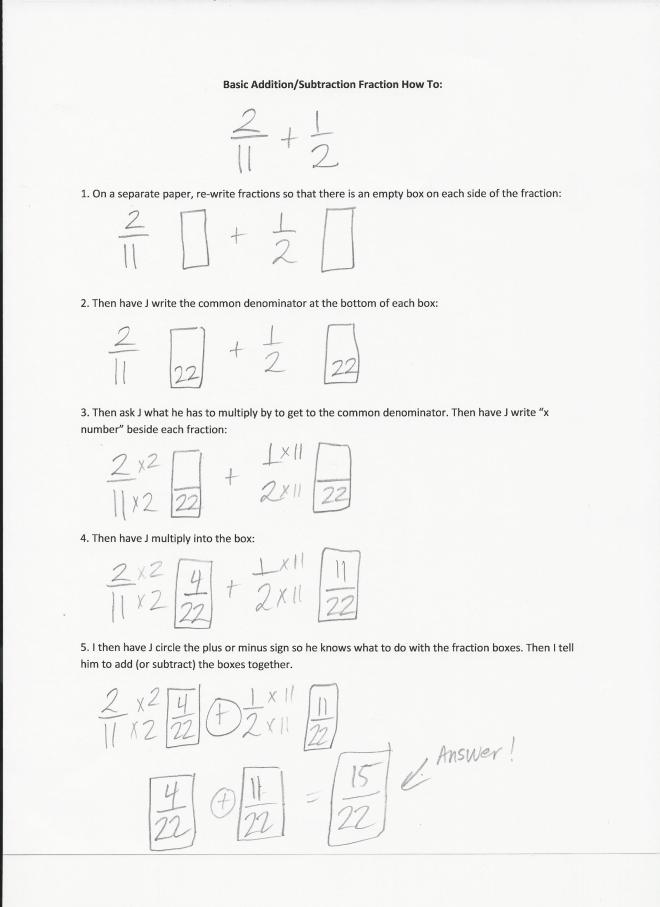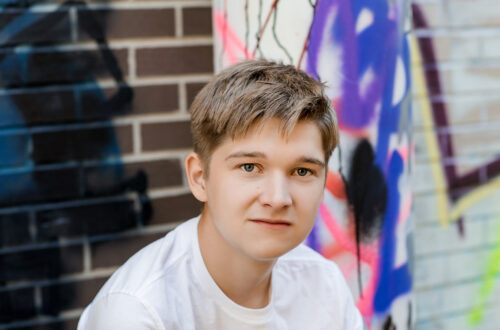
Staying Inside the Lines
I feel like when you’re doing the autism gig, you’re constantly keeping your kid within the lines, corralling them into the spaces society creates. There’s personal boundaries, ethical boundaries, social boundaries. As a society I think that’s how we make sense of the world.
Autistic kids are always seeking these lines and laws and boundaries too. Except they have their own lines and boundaries and many times they don’t match up with everyone else’s.
Of course, “staying inside the figurative lines” has always been sort of an enigma to J. Figurative lines are more nuanced. You can’t see someone’s personal bubble–and everybody’s is different. You can tell a joke but sometimes it backfires and hurts someone’s feelings. These are the things you can’t see. They’re harder to judge.
Watching J trick-or-treat this year was a great reminder to me of the progress he’s made especially in the last two years trying to navigate these invisible lines. J hasn’t been the best trick-or-treater. Up until these last two years his experiences have been hard at times. I think trick-or-treating is a little bit of an enigma for kids with autism. It’s the one time a year where you ring door bells and beg strangers for candy. There’s always that awkward moment at the screen door where you’re not sure if you’re invited in, because the person at the door leaves you between the screen door and the front door (but leaves the front door open) and tells you to wait one second but you’re not allowed to come in. Sometimes the person will drop candy in your bag, and other times they’ll hold the bowl–do you wait for them to take something out of the bowl and give it to you? Do you take one on your own? Do you take more than one? Then you’re supposed to recite some phrase that makes no sense at all: “Trick-or-treat!” what does that even mean? Is the person at the door tricking you? Are you supposed to do a trick? Nobody does either of these things. All of the lines of traditional social decorum you’re supposed to stay inside are gone and there’s this weird dance between you and a stranger going on at the door.
To make things worse for J, there was the whole dog factor. J was terrified of dogs up until two years ago (when we ended up adopting a dog of our own and J could figure out dogs a little better–that’s another story for another day) and so every doorbell was like Russian roulette and if the lot fell on a dog door, J would go flying down the driveway before the dog owner could drop a few pieces of candy in his bag.
I guarantee most people don’t think about any of these things when it comes to Halloween. I can tell you I never did until J and autism came around.
This year everything went perfectly. I was so proud of our J, seeing him go up to each door by himself, with confidence, and go through all the quirky motions of “trick-or-treat decorum,” wait patiently for candy, taking an appropriate amount when offered a bowl, saying hello to the dogs. Saying thank you EVERY TIME. Wishing people a “Happy Halloween” as if he were wishing people a “Merry Christmas.” It was wonderful. And bittersweet, because just as he’s finally figured out this strange ritual we’ve constructed for kids he’s on the edge of being too old to participate. I find that’s often the strange thing about parenting an autistic child, once you’ve finally mastered something you want to pause, enjoy it, shout from the rooftops “hey look! we’ve figured it out,” but you can’t, because society’s constantly moving on and you have to keep running along too.

Even though it’s tough, J knows “staying inside the lines” is so important to keeping himself happy. He has a really hard time functioning if he can’t figure out where the lines are. Even when it comes to school work. I think J feels constantly out of control, like things are shifting all around him–lots of times visually and mentally. Drawing lines, boxing things up, compartmentalizing, containing things. There’s a control in that, and it helps J make sense of things.
I’ve mentioned J’s visual spatial processing issues before. Containing things, keeping letters and symbols in their right place is very hard and yet very important, especially when it comes to taking notes and doing math problems. J’s been struggling with math lately. I have to say, this is hard. Because I was/still am an absolute mess when it comes to math. That’s why I became an English major. I was so terrible at math that at one point my parents made me do a stint in Kumon for a year. That year I did worksheets on fractions. Every day. Drill after drill. I have to say it’s probably the one thing in math I can do in my sleep. Right now J is reviewing fractions again–and here’s a sample of the basic method I came up with for dealing with fractions. It’s basically boxing up fractions to keep the numbers straight. Of course he’s doing more complicated fractions than this (mixed numbers, subtracting/borrowing from mixed numbers–maybe I’ll put the rest of my fractions strategies in another post), but here’s where it begins. He still struggles with some of the harder stuff–the more steps added on, the more there is to juggle. But he seems to get this method.
Here’s the weird irony of it all. As an autism parent, you’re constantly keeping your kid within the lines, corralling them into the spaces society creates, providing highly structured learning experiences for your child. But at the same time, you as a parent have to think outside all of these things. You’re forced to think outside of the box to solve problems other people can’t solve ALL THE TIME. To look at our world–our society–in ways that nobody else normally thinks of them. It gives you perspective and ingenuity you never thought you had. And I have to say that’s really satisfying too–just as much as seeing your child master the art of staying in the lines.






2 Comments
Jennifer Guzik
Sarah, I’m a fellow North Dakotan, and I just recently discovered your blog. I’m so glad I did. Oh, how I can relate! My 6-year-old son is autistic. You said it perfectly in your first sentence about constantly having to keep your autistic child inside the lines and boundaries of society. I call it “constant vigilance,” although it seems like it gets a slight bit easier as my son gets older. I constantly have to be aware, though, and yes, thinking outside the box, as you mentioned at the end of your post. My son teaches me to look at the world in a new way every single day. He is such a blessing. Thank you for sharing your life and your journey through your blog.
sarahbeck30
Thanks Jennifer for reading! It’s always nice to know there’s another North Dakota autism mom out there! It can be hard work sometimes, but our kids are so amazing at the same time 🙂